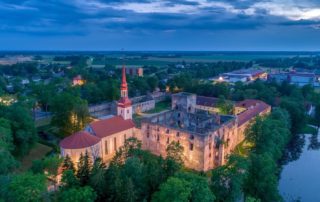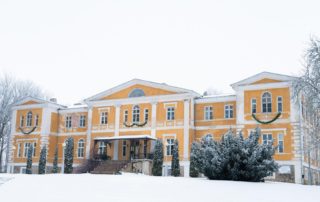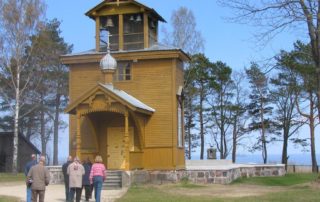Põltsamaa Castle
The stone fortress was constructed on the banks of the Põltsamaa River already in 1272. Later on (1570–1578) the fortress was the residence of Livonia's King Magnus. Repeatedly pillaged, the castle was rebuilt by Woldemar Johann von Lauw. In the 18th century the fortress became a grand rococo-style palace. The castle and the church burnt down in 1941. Only the church was restored in 1952. The castle remained in ruins, waiting for its time. The complex is open again from the summer of 2023. The castle tower, convent building, and gate building are open to visitors, where you can find [...]
Kuremaa Castle and Park
Kuremaa Classicist manor house was built in 1837-1843 by the von Oettingen family. The manor house was designed by the architect E. J. T. Strauss from Tartu. There is also a room for a museum in the castle which gives an overview of the region and of the history of Kuremaa Agricultural School. At present the rooms of the castle are used for organising conferences. The park rich in species descends towards lake Kuremaa which attracts visitors with its well-kept beach and possibilities for taking a rest.
Rajaküla Old Believers’ Worship House
It is believed that the Raja congregation of Old Believers was established in the first quarter of the 18th century. The congregation was given permission to build its own church only in 1879. The church was destroyed during the Second World War – the only thing left is the belfry. The present worship house has 11 rooms. In 1854–1930 Gavriil Frolov lived in the worship house. He taught children icon-writing, reading and writing in Old-Slavic, also singing based on old musical notation.









